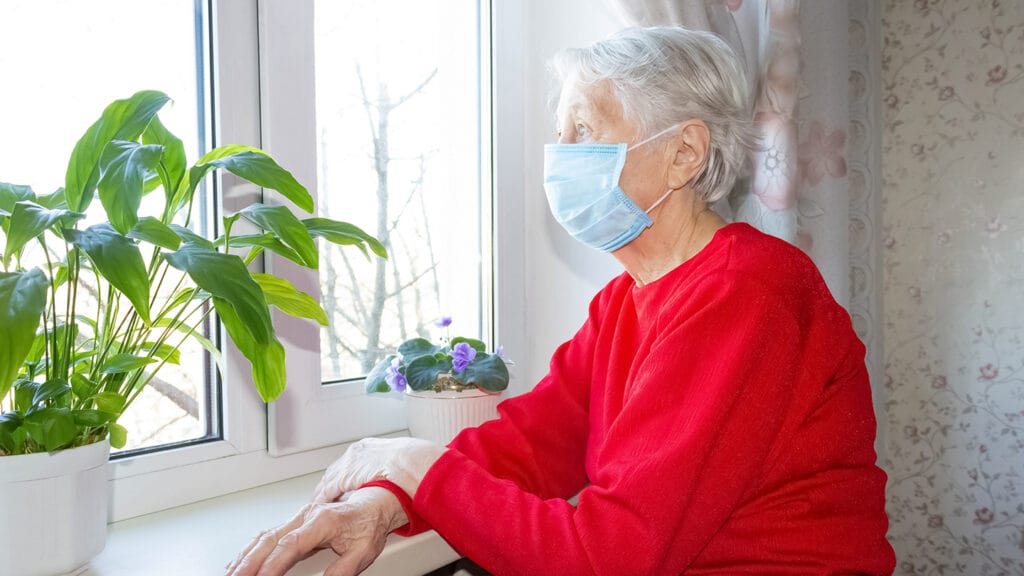As anyone with a loved one in a nursing home will tell you, making decisions about skilled nursing is one of the most stressful challenges a family can face, and it’s become infinitely worse during the pandemic. COVID-19 ravaged skilled nursing facilities (SNFs) that were already understaffed and underfunded — with more than 150,000 nursing home residents dying of COVID to date.
It’s no surprise that a recent report on nursing home quality from the National Academies of Sciences, Engineering, and Medicine called for a complete overhaul of how we pay for and ensure quality in America’s skilled nursing and long-term care facilities. In his State of the Union Address, President Biden launched an initiative to raise quality standards in nursing homes, but this report demands much more, calling for a totally new national long-term care system in the United States that operates in addition to Medicaid.
Bold reform of SNFs is long overdue. All of our vulnerable loved ones deserve quality skilled nursing care when they need it. But to focus exclusively on the nursing home as the locus of that care ignores that new reality of senior care. Indeed, if we want to comprehensively reform senior care, we need to look beyond the nursing home to where care is increasingly moving — the home.
Embrace home care; don’t repeat mistakes of SNFs
Increasingly patients prefer to heal and age at home. A 2020 survey found that 73% of consumers would prefer to recover from a major medical event at home rather than in a hospital. Simultaneously technology is rapidly making it possible to deliver more care in the home in a connected and coordinated way. In the same 2020 survey, 91% of payers said advancements in technology have encouraged them to move more care to the home.
To make this hope a reality for more people, we need to significantly expand access to care in the home, as well as invest more capital into the last mile of care to make sure we do not repeat the same mistakes we made with SNFs by underinvesting in the already underfunded as it grows.
We need to shift and lift. Shift a big portion of the care continuum to the home, and lift up home care providers by giving them the tools and resources they need.
We should pay for home care at the same rates we pay for facility care. While much of long-term care is constrained by tight budgets, care to the home is often inaccessible due to arbitrarily low rates.
Turn to value
We should also significantly focus more on value-based arrangements for care at home. In those models the interests of providers, patients and payers align; what’s best for the patient is better for the payer as well. Skilled care is focused on performance: lowering readmissions, reducing costs and improving outcomes. Success in value-based care means caring for the whole person. The advantage of more care to the home is better insight into the social needs of patients. Meeting their needs for basics like food and transportation is directly tied to better patient outcomes.
As the tools and technology in the home become smarter, cheaper and more resilient, it creates more opportunity to shift even more care to the community. Tools like telehealth and remote patient monitoring — like sensors that detect blood pressure or how a patient is sleeping — give providers superpowers to have eyes and ears on patients between visits. Clinicians can intervene sooner when challenges arise.
Enabling more care at home will allow more people to maintain their independence while receiving the care they need where they live. It’s a reality that’s within our grasp, but only with the proper reimbursement infrastructure in place and a commitment to empowering homecare providers with the tools they need. Any serious effort to reform skilled nursing care needs to consider the home as important a site of care as the nursing home.
John Driscoll is an industry and civic leader who has been at the center of healthcare innovation for more than two decades, leading large companies across sectors. He currently serves as CEO of CareCentrix, host of the CareTalk podcast, co-chair of the United States of Care’s Entrepreneurs Council and chair of the Truman National Security Project.



